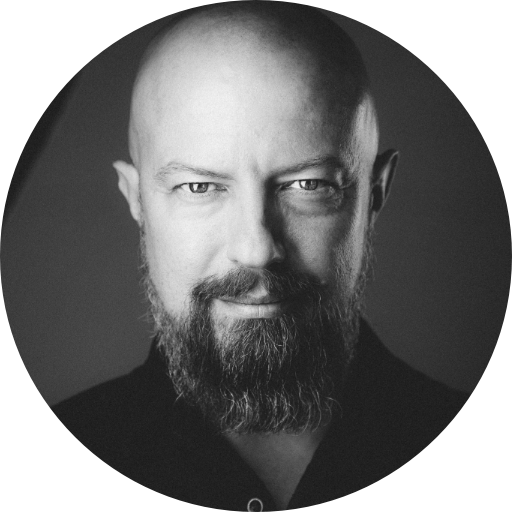Just one light and a bounce on the other side illuminated this scene nicely
I love lighting my scenes. Sure shooting natural light is wonderful too, but I'm one of those that would usually prefer to make my own light, and have total control over the situation.
Typically in the studio that means using big lights, i.e. Profoto heads and big modifiers. But not everything needs huge lights, and of course if you're shooting video, those thousands of dollars in lights become suddenly useless.
This example isn't about shooting video, but is instead shooting a small still photo. A very small one. I was writing an article for the Skip Cohen University which will be published next week about using macro extension tubes as a (very) low cost alternative to macro lenses. (Bookmark the site or be sure to follow @SkipCohen on twitter so yo know when the post goes live!) It was a fun article to write, and while I initially was going to use strobes, I realized that I needed a lot of ambient light just to focus accurately (you lose light when shooting with these "dumb" extension tubes I was writing about… but you'll have to read the article to know more and why!). This is where the Fiilex P100 LED light came in.
Fiilex P100
This is a great little light. I say little because it will fit on top of your camera where the strobe would go, and comes with a mini ball head and a cold shoe so you can attach it and tilt/rotate as needed. It outputs up to 12 watts on a dimmer knob and also can smoothly tune from 3000˚K to 5600˚K, which is very handy. This isn't a massive strobe replacement, but it's perfect for small jobs like this, as an on-camera video light, or as a kick light for still photos.
Using it as a fill light
In the example below, this portrait of a chef in his kitchen was mostly ambient light. It's a tiny kitchen and there's just no room to set up light stands or anything else. I balanced for the odd mix of color temperatures in-camera, but needed a little bump of light on his lower-half to illuminate under his arms a bit, and instead of having to figure out how to gel a strobe, I was able to use the P100 and dial in the temperature to match the rest of the scene. I didn't do this by using a color meter (at over $1,000 I'd love one, but that's not happening any time soon!), but just by eye. Unfortunately I don't have a shot without the Fiilex in place, but here's the final image.
Jim, the chef at Liquid Assets, a local favorite restaurant and wine bar, and wonderful client. Just wait until you see their new web page… coming soon!
What's next?
Historically I haven't been a big video shooter, but I'm doing more and more of it and am considering offering video holiday cards to my local clients this holiday season. To do that well though, I'm going to need some more lighting options. I have a few CFL bulbs on stands and soft boxes that work for video in-studio, or at least work well enough, but if I'm going to be going on location and shooting video vignettes in people's homes, I'm going to want some additional horsepower and portability. I'm looking into the Fiilex K412 Lighting Kit which includes two P360EX [400 watts each] and two P180E [200W ea.] lights, along with stands, barn doors, and a bunch of other accessories. I like that these can be run off AC or can be powered with standard broadcast batteries (lights with no wires in a client's home with kids running around sounds like a Good Idea™), are water resistant so can be used outdoors in a drizzly day (something we get a lot to in Oregon in the winter), and all folds up in a custom rolling hard case.
It's exciting to play with this new technology. Quality LED lights are not cheap, but then again neither are quality strobes. But you get what you pay for, and having played with this P100 for a while now, I'm convinced that the larger kit is worth the investment.

